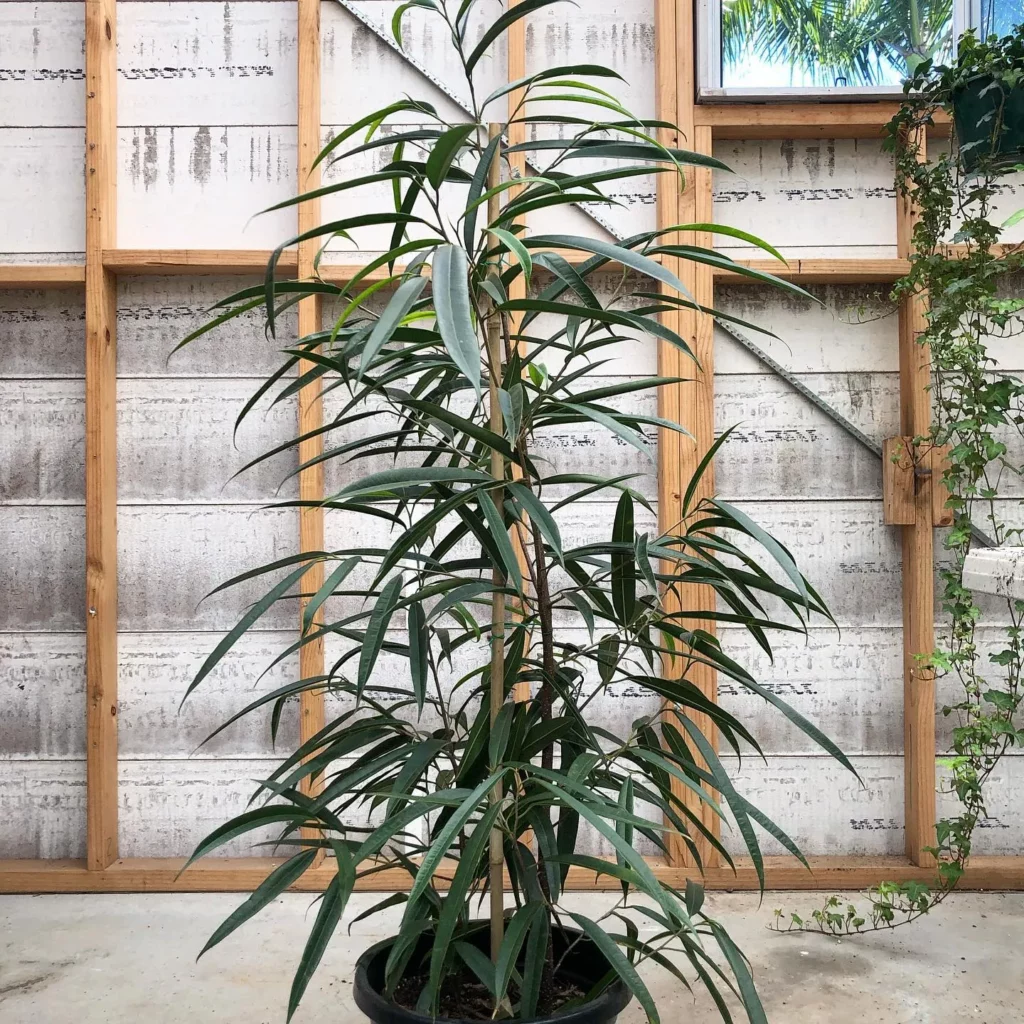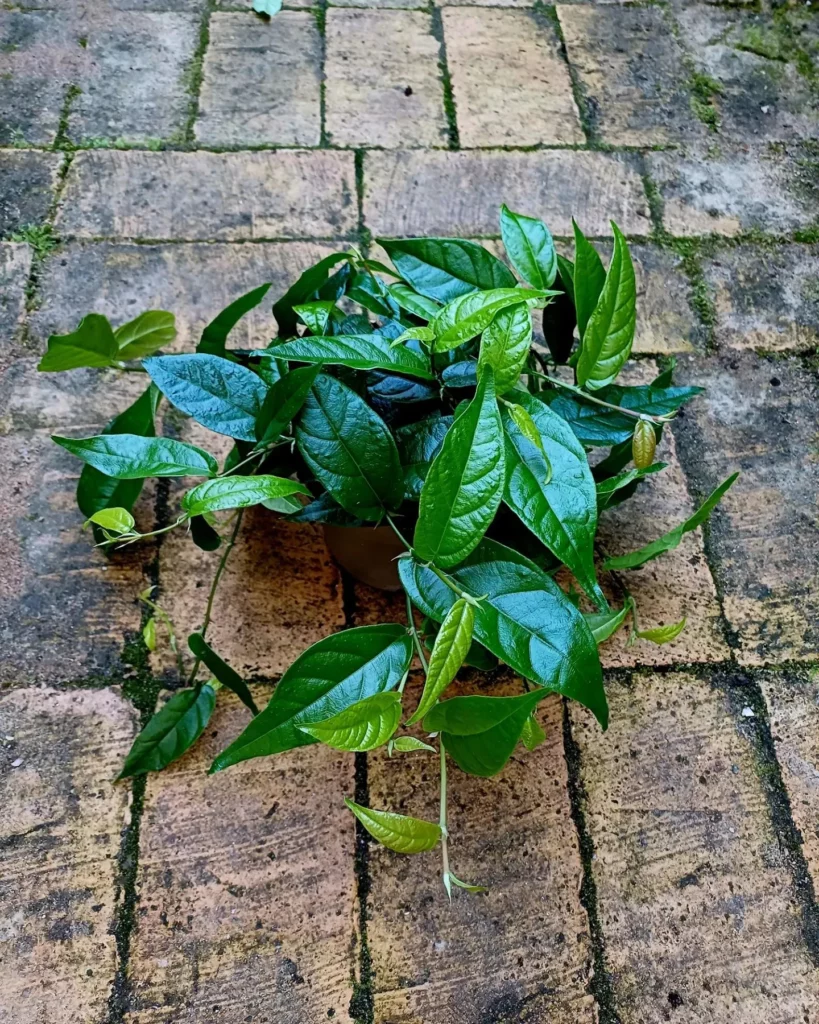The Ficus salicifolia, commonly known as the Willow Leaf Fig, is a stunning houseplant with elongated, narrow leaves that resemble willow leaves.
Its dark green foliage creates an elegant and graceful appearance, making it a popular choice among indoor plant enthusiasts. The leaves can grow up to 3-5 inches long and feature a glossy, smooth texture that adds to the plant’s overall allure.
Appearance of Ficus salicifolia

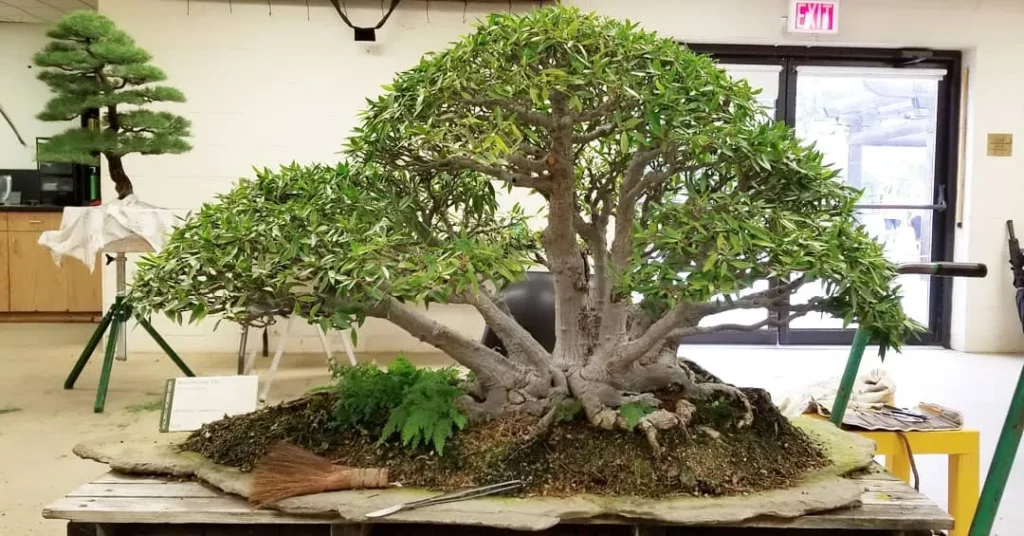
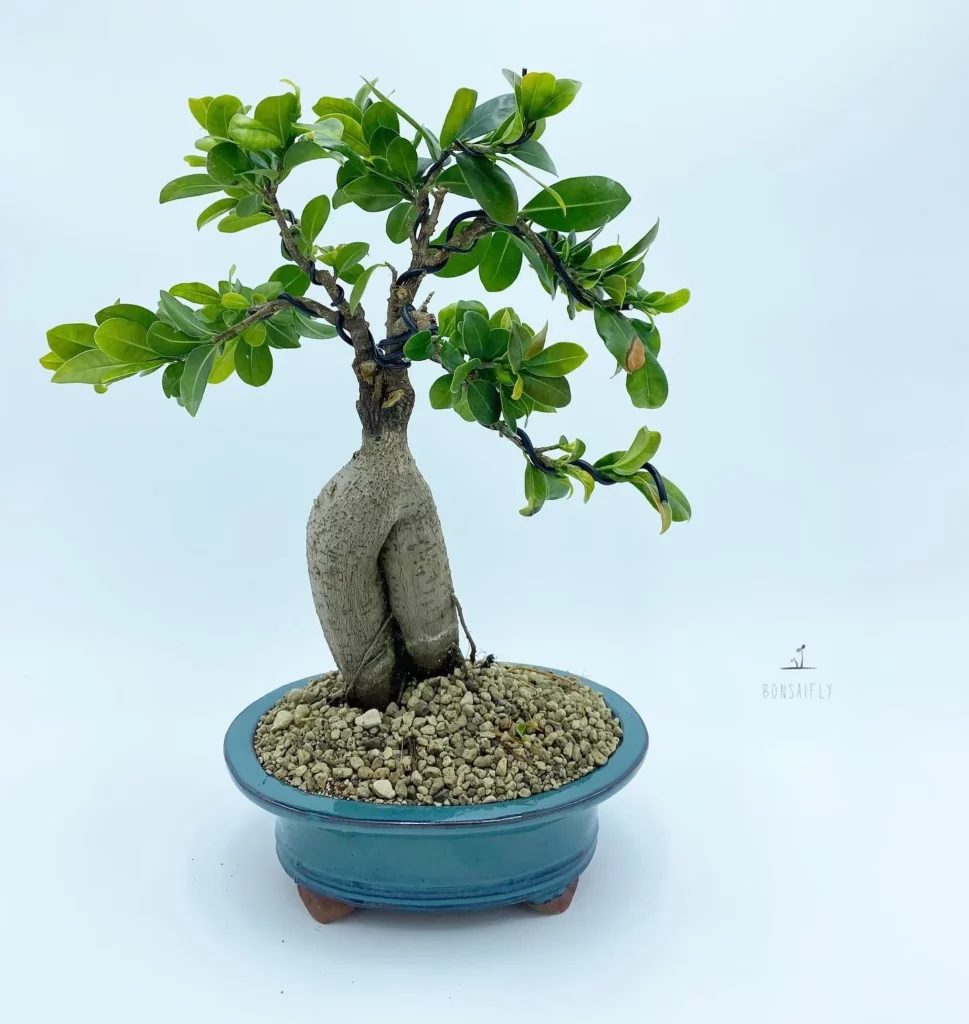
Alongside its impressive foliage, Ficus salicifolia boasts a compact growth habit, making it suitable for smaller spaces.
It can reach a mature height of around 3-6 feet, making it an excellent choice for tabletops or as a decorative accent on shelves and mantels. Its branching structure adds depth and visual interest, allowing the plant to stand out wherever it is displayed.
| Common Name | Ficus salicifolia |
|---|---|
| Family | Moraceae |
| Origin | Indigenous to Southeast Asia and Australia |
| Light Requirements | Indirect, bright light |
| Watering Needs | Allow the top inch of soil to dry before watering |
| Soil Type | Well-draining soil with organic matter |
| Temperature Range | 60-75°F (15-24°C) |
When properly cared for, Ficus salicifolia can thrive and become a captivating addition to any home or office.
Its striking appearance and versatility make it a fantastic choice for both beginners and experienced plant enthusiasts alike. With the right care and attention, your Willow Leaf Fig can flourish and bring natural beauty to your indoor space for years to come.
How To Grow Ficus salicifolia

Growing a healthy Ficus salicifolia is easier than you might think. Follow these simple steps to give your plant the best start in life.
Choosing the Right Location
Ficus salicifolia thrives in bright, indirect light.
Place it near a window with filtered sunlight, but avoid direct sunlight as it can scorch the leaves. If you don’t have a suitable spot near a window, you can use artificial grow lights to provide the necessary light.
Preparing the Soil
Ficus salicifolia prefers well-draining soil. A mixture of potting soil, perlite, and sand works well for this plant. Make sure the pot has drainage holes to prevent water from sitting in the soil, which can lead to root rot.
Planting the Tree
When planting Ficus salicifolia, choose a pot that allows for future growth. Place a layer of stones or broken pottery at the bottom of the pot to improve drainage. Gently remove the plant from its nursery pot and loosen the roots.
Place it in the new pot and add soil around the roots, firming it gently. Water the plant thoroughly after planting to settle the soil.
Propagation Tips for Ficus salicifolia

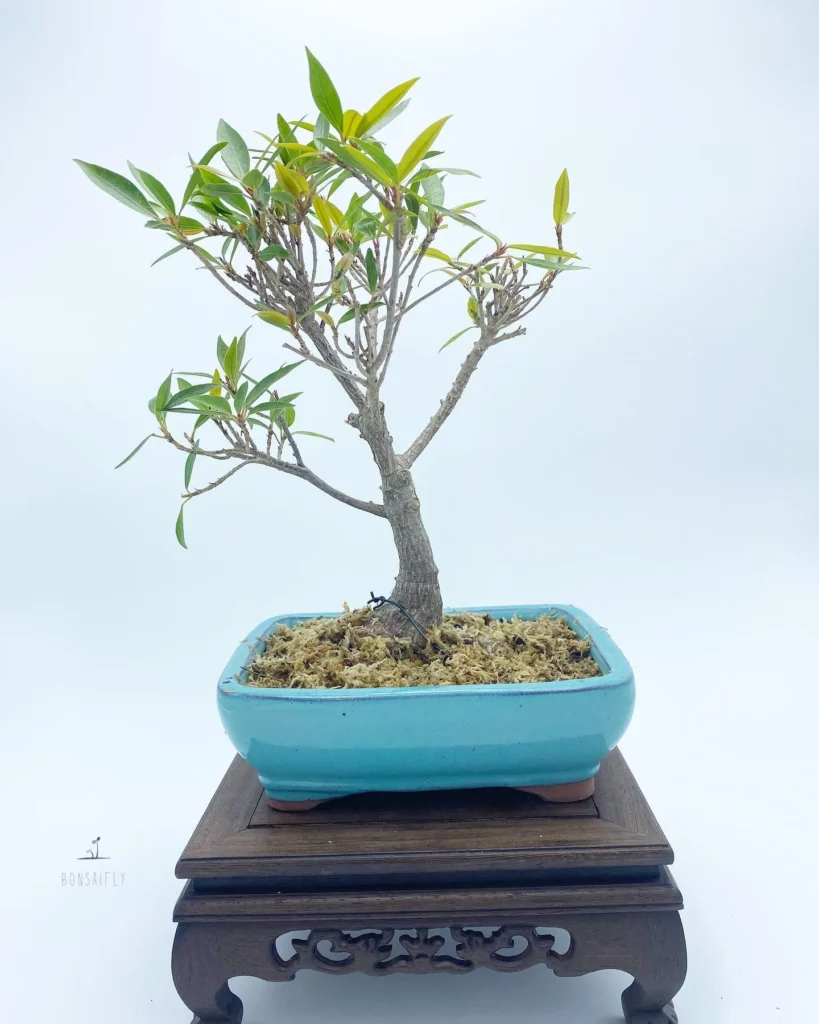

If you want to expand your Ficus salicifolia collection or share the joy of growing this beautiful plant with others, propagation is the way to go.
There are several methods you can use to propagate Ficus salicifolia, including seed propagation, stem cuttings, and division.
Seed Propagation
Propagation from seed can be a rewarding but slow process. Collect ripe berries from a mature Ficus salicifolia plant and remove the seeds.
Clean the seeds by gently rinsing them and sow them in a well-draining potting mix. Keep the soil consistently moist and place the pot in a warm location with indirect light.
Germination can take several weeks to months. Once the seedlings have developed a few true leaves, you can transplant them into individual pots.
Stem Cuttings
Stem cuttings are a popular and relatively easy method of propagating Ficus salicifolia. Select a healthy stem with several nodes and make a clean cut just below a node.
Remove any leaves from the lower portion of the cutting, leaving a few at the top. Dip the cut end in rooting hormone and plant it in a well-draining potting mix. Mist the cutting regularly to maintain humidity and place it in a warm location with bright, indirect light.
In a few weeks, roots should begin to develop, and you can transplant the cutting into a larger pot.
Division
Division is a method of propagating Ficus salicifolia that is most suitable for mature plants with multiple stems or clumps. Carefully separate the plant into smaller sections, ensuring that each section has roots attached.
Plant each divided section in its own pot with well-draining soil and treat it as you would a mature Ficus salicifolia plant.
Keep the soil consistently moist and place the pots in a warm location with bright, indirect light. The divided sections should establish themselves and continue to grow.
Quick Care Overview for Ficus salicifolia
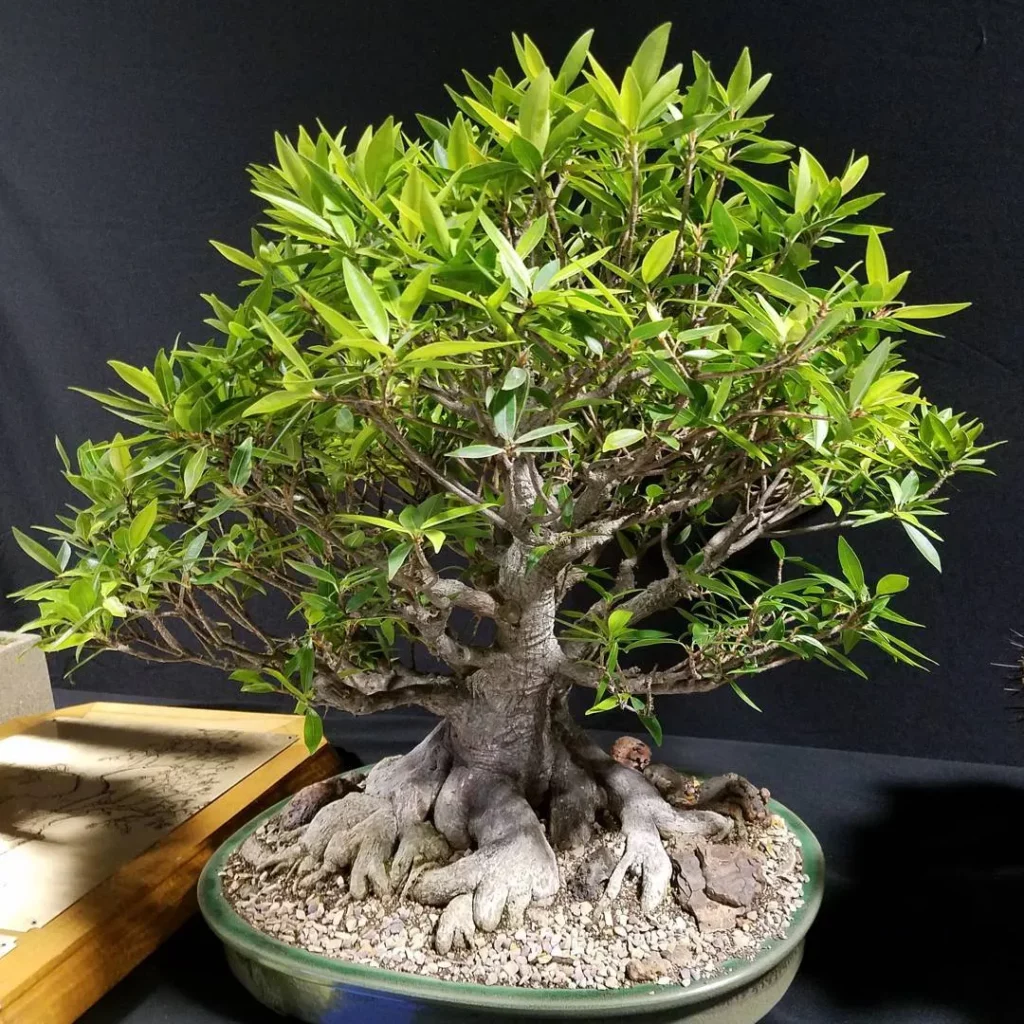
To keep your Ficus salicifolia thriving, it’s important to understand its basic care requirements. Here’s a quick overview of what you need to know.
Light Requirements: Ficus salicifolia thrives in bright, indirect light. It can tolerate some direct sunlight, but too much can scorch its leaves.
Place your plant near a north or east-facing window where it can receive bright, filtered light throughout the day.
Watering and Humidity: Water your Ficus salicifolia when the top inch of soil feels dry. Avoid overwatering, as it can lead to root rot. Increase humidity levels by misting the leaves regularly or placing a tray of water near the plant.
This will help prevent dryness and leaf drop.
Soil and Fertilizer: Use a well-draining potting mix for your Ficus salicifolia. A mix of peat moss, perlite, and sand works well. Fertilize monthly during the growing season with a balanced, water-soluble fertilizer.
Be sure to follow the instructions on the fertilizer package for the correct dilution and application.
Pruning and Shaping: Prune your Ficus salicifolia regularly to maintain its shape and size. Remove any dead or yellowing leaves, as well as any crossed or crowded branches.
You can also shape your plant through selective pruning to encourage a bushier growth habit.
| Pest Control | Disease Prevention |
|---|---|
| Aphids: Remove them by wiping the leaves with a damp cloth or using a gentle stream of water. In severe cases, use an insecticidal soap. | Root Rot: Avoid overwatering and ensure proper drainage. Use a well-draining soil mix and water only when the top inch of soil is dry. |
| Mealybugs: Wipe them off with a cotton swab dipped in rubbing alcohol. Alternatively, use insecticidal soap. | Fungal Leaf Spot: Avoid overhead watering and provide good air circulation around the plant. Remove infected leaves and treat with a fungicide if necessary. |
| Scale Insects: Remove them manually or use an insecticidal soap. For severe infestations, consider using a systemic insecticide. | Powdery Mildew: Maintain good airflow and avoid overwatering. Treat with a fungicide if necessary. |
Light Requirements for Ficus salicifolia
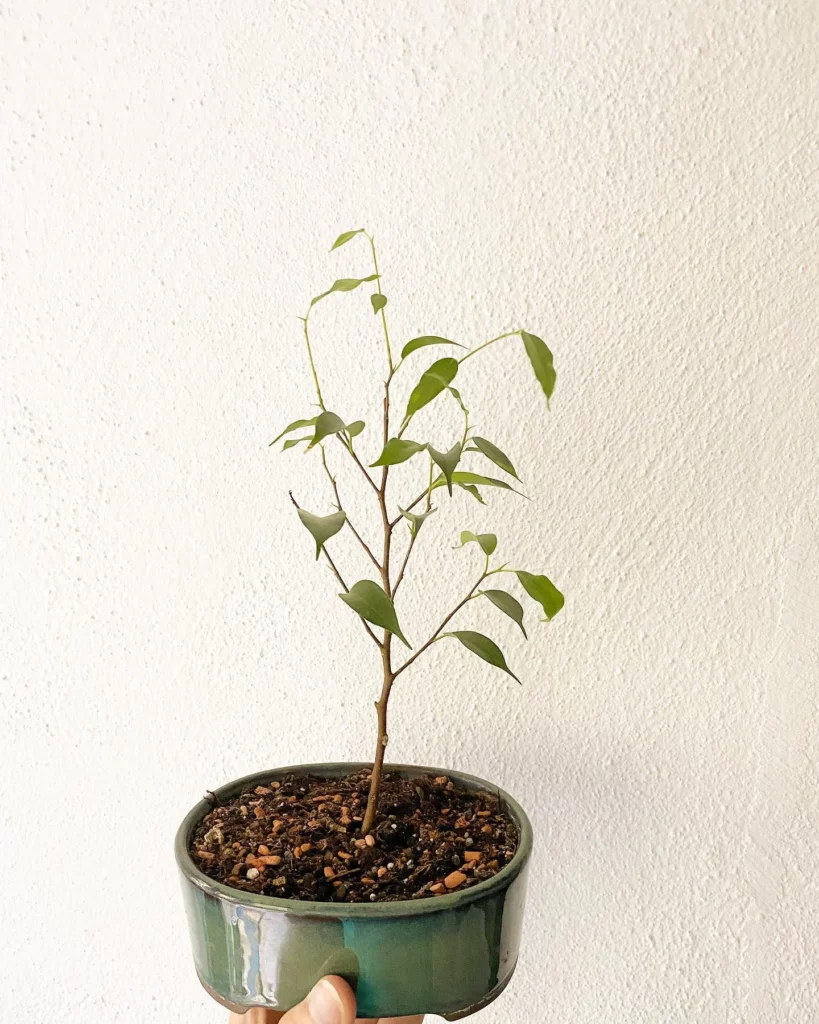
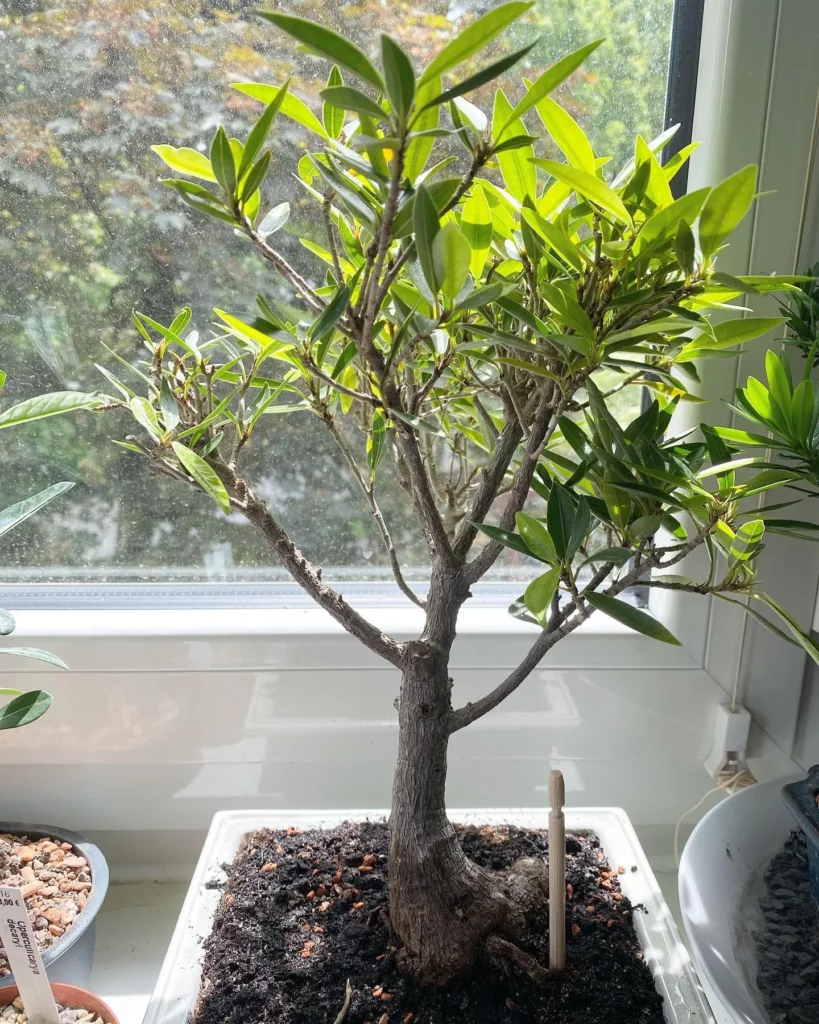
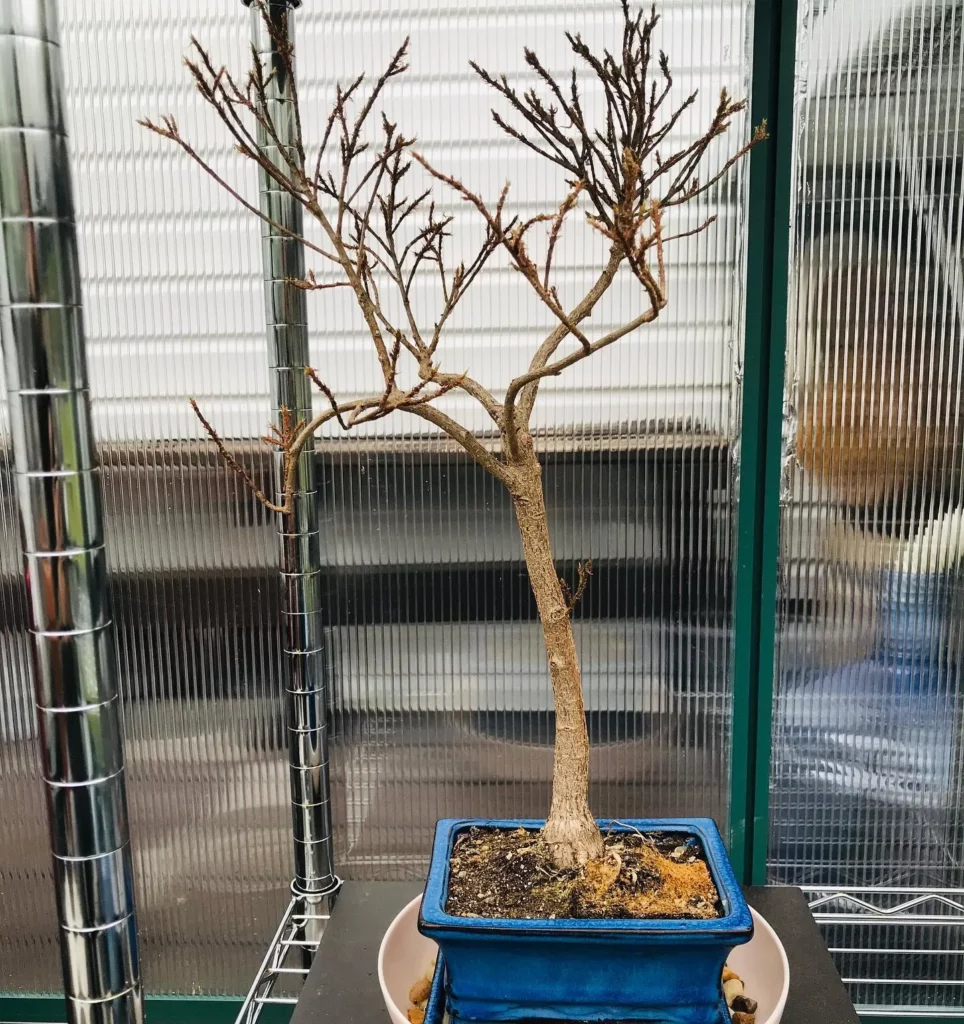
Providing the right amount and quality of light is crucial for the health and vitality of your Ficus salicifolia. As a tropical plant, it thrives in bright, indirect light.
Placing your Willow Leaf Fig near a window with filtered sunlight is ideal. Direct sunlight can scorch the leaves, while low light conditions can lead to leggy growth and poor overall health.
If you’re growing your Ficus salicifolia indoors, it’s essential to find the perfect spot that offers the right balance of light. An east-facing or west-facing window is typically best, as these locations provide moderate light intensity throughout the day.
Avoid placing your plant directly in front of a south-facing window, as the intense afternoon sun can be too harsh.
While Ficus salicifolia can tolerate lower light conditions for short periods, prolonged low light exposure will cause the plant to weaken, become spindly, and lose its vibrant foliage.
If natural light is limited in your space, consider supplementing with artificial grow lights to ensure your Ficus salicifolia receives adequate light.
Signs of Inadequate Light
If your Ficus salicifolia is not getting enough light, it will exhibit certain signs. Look out for the following indicators:
- Yellowing or pale leaves
- Leaf drop
- Stunted growth
- Leggy stems
If you notice any of these signs, adjust the plant’s positioning to receive more light, or consider using artificial grow lights to supplement natural light sources. This will help your Ficus salicifolia thrive and maintain its beautiful appearance.
| Light Level | Characteristics | Suitable Locations |
|---|---|---|
| Bright Indirect Light | Filtered sunlight with no direct exposure | East-facing or west-facing window |
| Low Light | Dimly lit areas with minimal natural light | North-facing window or rooms with limited windows |
| Artificial Grow Lights | Supplemental light source for low-light conditions | LED or fluorescent grow lights positioned above the plant |
Soil Requirements for Ficus salicifolia
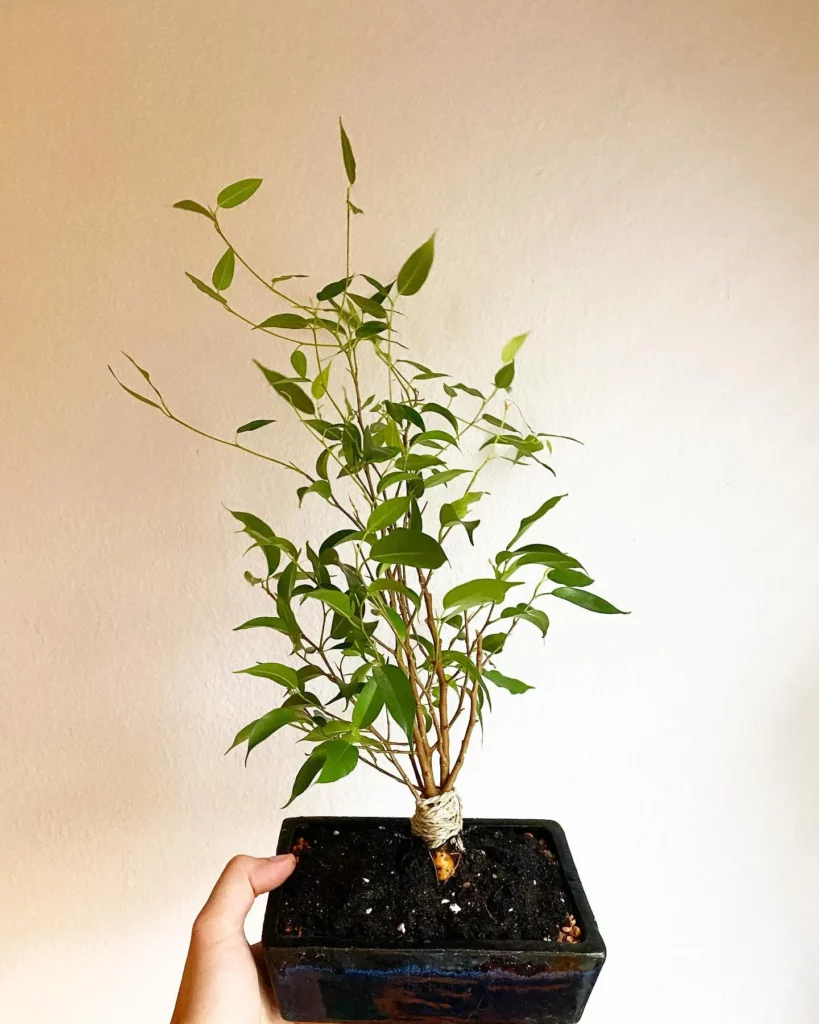
Choosing the right soil for your Ficus salicifolia will provide the foundation for its overall health and growth. This versatile plant thrives in well-draining soil that allows excess water to escape, preventing issues like root rot.
The ideal soil mix for Ficus salicifolia consists of a combination of organic matter, such as peat moss or compost, and inorganic material like perlite or sand.
A table below provides a summary of the essential components for creating a suitable soil mix for your Willow Leaf Fig:
| Component | Percentage |
|---|---|
| Organic matter (peat moss, compost) | 40% |
| Inorganic material (perlite, sand) | 30% |
| Garden soil or potting mix | 30% |
When preparing the soil mix, ensure it is well-mixed and free of clumps. This will provide optimal conditions for root growth and nutrient absorption. Additionally, consider adding a small amount of slow-release fertilizer to the soil mix to provide ongoing nourishment for your Ficus salicifolia.
Tip: To promote proper drainage, place a layer of small pebbles or stones at the bottom of the pot before adding the soil mix. This will help prevent water from pooling around the plant’s roots.
Potting and Repotting Ficus salicifolia
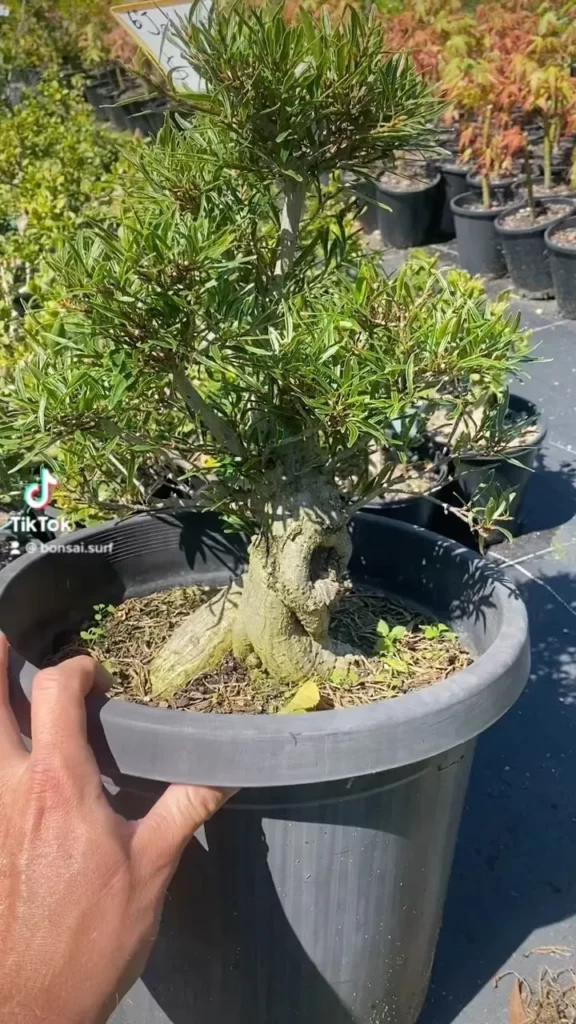
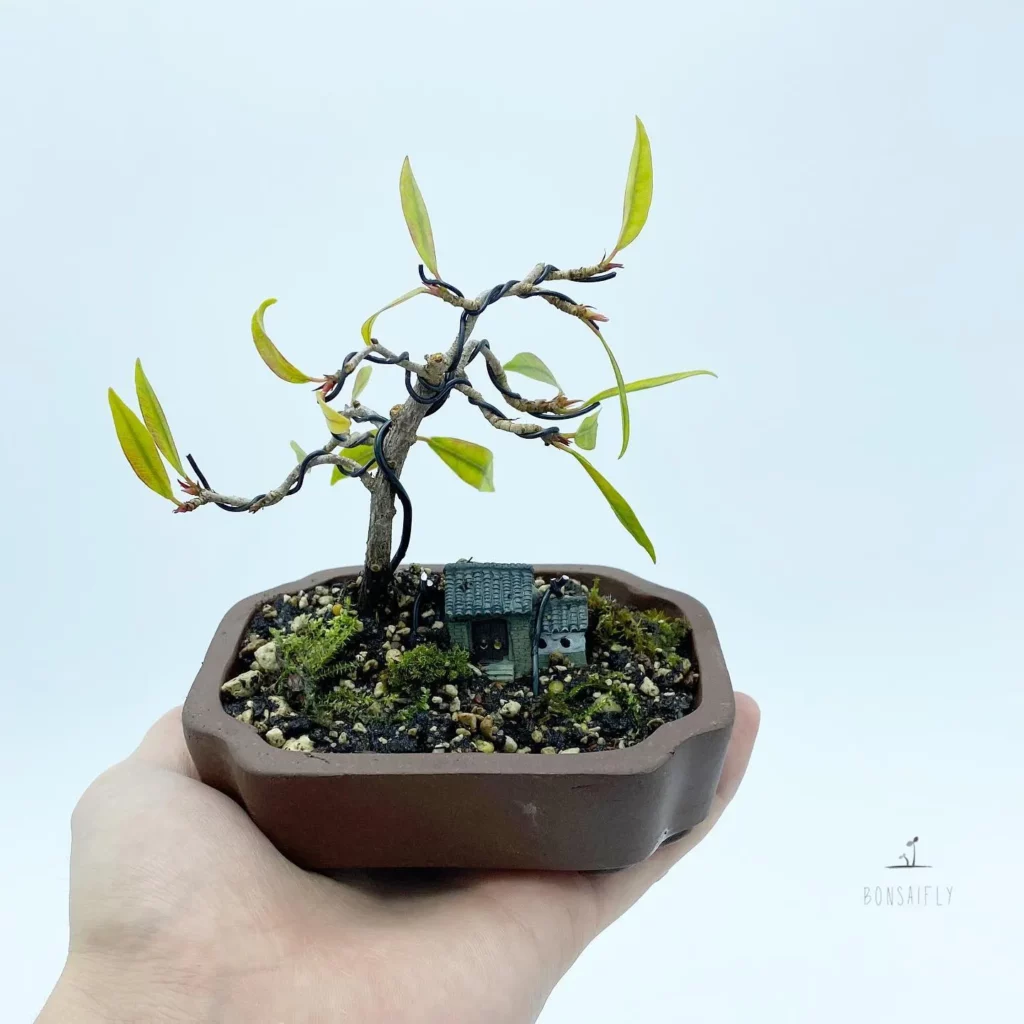
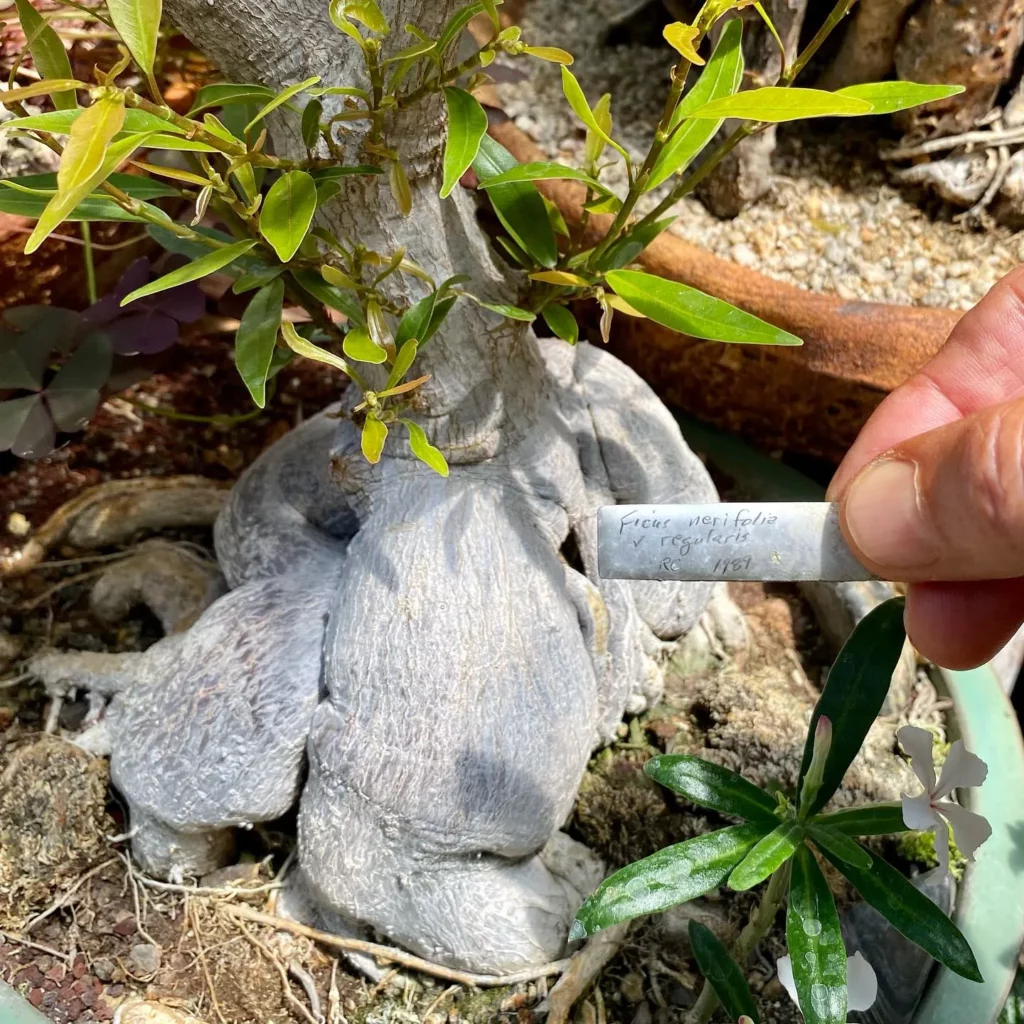
Proper potting and repotting are essential for ensuring that your Ficus salicifolia has enough space and nutrients to thrive. These processes not only help maintain the overall health of your plant but also give you the opportunity to refresh the soil and provide a better growing environment.
When potting your Ficus salicifolia, start by selecting a pot that is slightly larger than the current one. The new pot should have drainage holes to prevent waterlogging.
Fill the pot with a well-draining soil mix, such as a combination of potting soil, perlite, and peat moss. Gently remove the plant from its current pot, being careful not to damage the roots.
Place the plant in the new pot, making sure it sits at the same level as before. Fill in the gaps with more soil mix, pressing it gently to secure the plant.
Repotting Ficus salicifolia should be done every 1 to 2 years, preferably in the spring when the plant is in its active growing phase. Signs that your plant needs repotting include roots coming out of the drainage holes or the plant becoming top-heavy.
To repot, follow the same steps as potting but be more mindful of untangling and pruning any overgrown or damaged roots. Trim any excessively long roots to encourage new growth and prevent overcrowding in the new pot.
Pruning and Shaping Ficus salicifolia
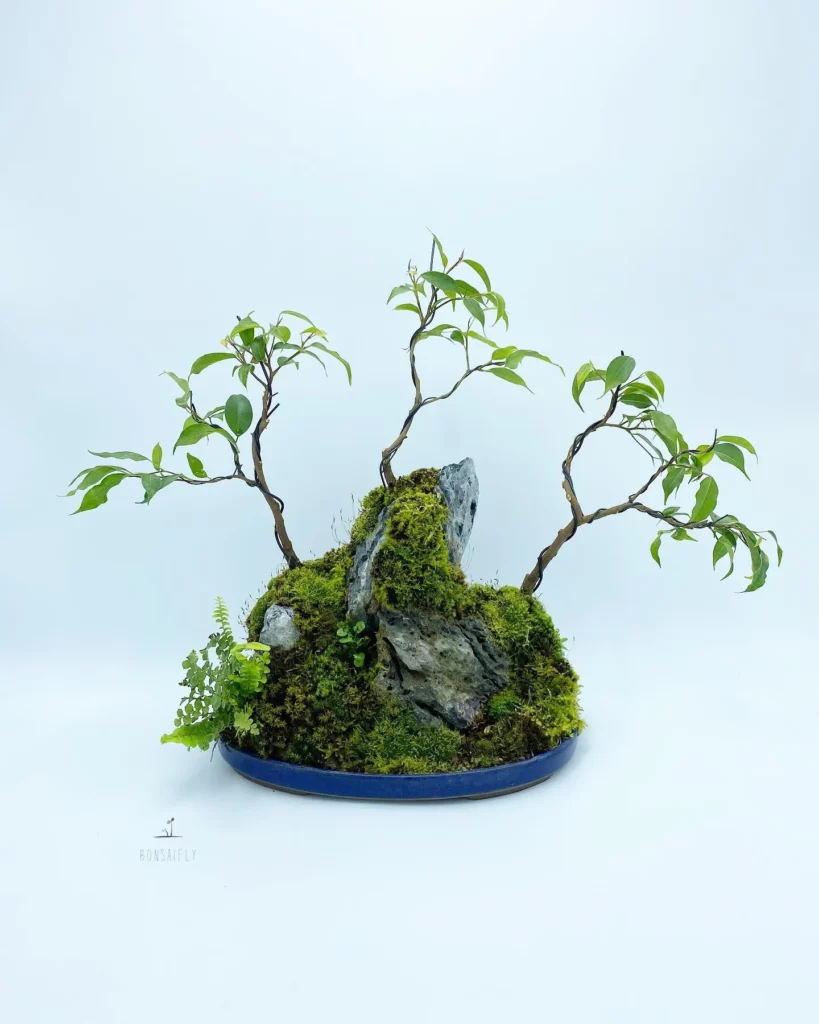
Pruning and shaping your Ficus salicifolia not only enhances its aesthetic appeal but also contributes to its overall health and vitality. These practices help to maintain a compact and balanced form, ensuring that the tree grows in a way that is pleasing to the eye.
| Pruning Tips for Ficus salicifolia | Shaping Tips for Ficus salicifolia |
|---|---|
|
|
Temperature Requirements for Ficus salicifolia



Providing the right temperature conditions is key to ensuring your Ficus salicifolia thrives in its indoor environment. This versatile plant originates from tropical regions, so it prefers temperatures between 65°F and 75°F (18°C to 24°C).
It’s important to keep the temperature as consistent as possible, avoiding drastic fluctuations.
During the warmer months, your Willow Leaf Fig will appreciate spending time outdoors in a shaded area, where it can benefit from gentle breezes and natural sunlight.
However, make sure to protect it from direct sunlight, as excessive heat or sunburn can damage the leaves.
During the winter months, when indoor heating can cause dry air, it’s crucial to maintain adequate humidity levels around your Ficus salicifolia. You can achieve this by using a humidifier, placing a tray of water near the plant, or misting the leaves regularly.
Aim for a humidity level of 50% to 60% to keep your plant happy.
Recommended Temperature Ranges
| Season | Temperature Range (°F) |
|---|---|
| Spring | 65°F to 75°F |
| Summer | 65°F to 75°F |
| Fall | 65°F to 75°F |
| Winter | 65°F to 75°F |
Humidity Requirements for Ficus salicifolia

Maintaining adequate humidity levels is crucial for the overall health and well-being of your Ficus salicifolia. Native to tropical regions, this plant thrives in environments with high humidity.
When the air is too dry, the leaves can become dry and crispy, leading to poor growth and potential pest problems. However, excessive humidity can create a breeding ground for fungal diseases. Finding the balance is key to keeping your Willow Leaf Fig happy.
To provide the ideal humidity for your Ficus salicifolia, consider the following tips:
- Place a humidifier near your plant to increase moisture levels in the air.
- Mist the leaves with water regularly, especially during dry periods or when your indoor heating system is in use.
- Group your Ficus salicifolia with other plants to create a microclimate of higher humidity.
- Use a pebble tray by placing a shallow tray filled with water beneath the plant, ensuring the water does not touch the bottom of the pot.
Watering, Fertilizing, and Pest Control for Ficus salicifolia
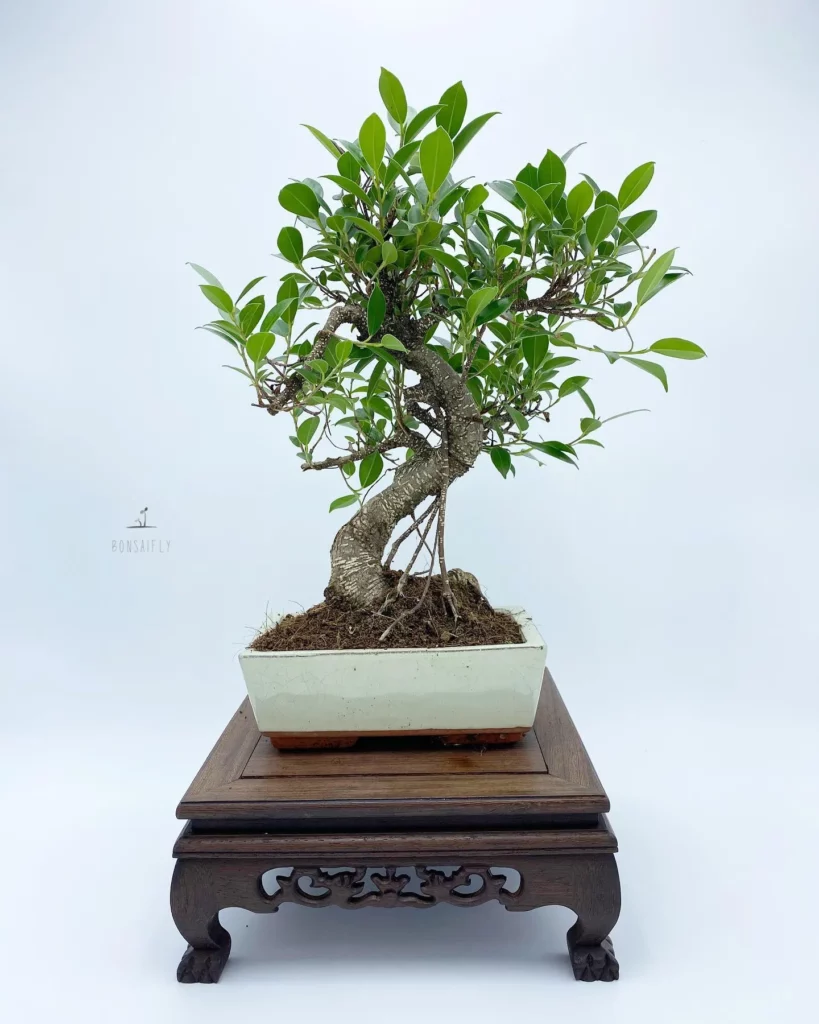

Proper watering, fertilizing, and pest control are vital for keeping your Ficus salicifolia healthy and thriving. Let’s dive into the essential care practices to ensure the well-being of your beloved Willow Leaf Fig.
| Watering: | Fertilizing: | Pest Control: |
|---|---|---|
| Consistent watering routine | Fertilize every 2-4 weeks during the growing season | Regularly inspect for pests; treat infestations promptly |
| Keep soil evenly moist | Use balanced water-soluble fertilizer | Isolate affected plant; apply insecticidal soap or neem oil |
| Avoid overwatering to prevent root rot | Dilute fertilizer to half the recommended strength | Consult a professional for severe infestations |
Conclusion
By following the tips and guidelines outlined in this Ultimate Ficus salicifolia (Willow Leaf Fig) Care Guide, you can ensure your plant thrives and brings joy to your indoor garden.
Proper care is essential for the health and vitality of your Ficus salicifolia, and this comprehensive guide covers all aspects of caring for this beautiful plant.
From understanding the appearance and growth habits of Ficus salicifolia to learning how to propagate it through seed, cuttings, and division, this guide provides step-by-step instructions for successful cultivation.
Additionally, it covers important topics such as watering, fertilizing, pruning, and repotting, ensuring that you have all the knowledge needed to keep your plant in excellent condition.
Furthermore, this guide addresses common diseases and pests that may affect your Ficus salicifolia, such as aphids and root rot, and provides effective solutions for prevention and control.
With this information, you can proactively protect your plant and maintain its health.
Lastly, the guide explores the characteristics and care specific to Willow Leaf Ficus as a shohin bonsai. It highlights the versatility of this tree, which can be shaped and styled to suit various aesthetic preferences.
Whether you’re a beginner or an experienced bonsai enthusiast, you’ll find valuable insights on root development, propagation, and managing pests and diseases.
Make sure to check out our article on Ficus natalensis subsp. leprieurii Care Guide. And after reading that Ficus article, check out our article on Ficus afghanistanica Care Guide.
FAQ
Q: How often should I water my Ficus salicifolia?
A: Ficus salicifolia prefers slightly moist soil. Water the plant when the top inch of soil feels dry to the touch. Avoid overwatering, as it can lead to root rot.
Q: How should I fertilize my Ficus salicifolia?
A: Fertilize your Ficus salicifolia every 2-4 weeks during the growing season with a balanced, water-soluble fertilizer. Follow the instructions on the fertilizer packaging for the correct dosage.
Q: When should I prune my Ficus salicifolia?
A: Prune your Ficus salicifolia in early spring before new growth appears. Remove any dead, damaged, or crossing branches to maintain a balanced shape and promote new growth.
Q: How often should I repot my Ficus salicifolia?
A: Repot your Ficus salicifolia every 2-3 years, or when it outgrows its current pot. Spring is the best time for repotting. Choose a slightly larger pot and use well-draining soil.
Q: Can I propagate my Ficus salicifolia?
A: Yes, Ficus salicifolia can be propagated through seed, cuttings, and division. Seeds can be sown in a well-draining soil mix. Stem cuttings can be rooted in water or a rooting medium. Division can be done during repotting.
Q: What are some common pests and diseases that affect Ficus salicifolia?
A: Aphids, mealybugs, and scale insects are common pests that can affect Ficus salicifolia. The plant is also susceptible to root rot if overwatered. Regularly inspect your plant for signs of pests and maintain proper watering practices to prevent root rot.
Q: How can I prevent and control pests on my Ficus salicifolia?
A: Regularly inspect your Ficus salicifolia for pests. If you notice any infestation, you can use insecticidal soap or neem oil spray to control the pests. Avoid overwatering to prevent root rot.
Q: Can Ficus salicifolia be grown as a shohin bonsai?
A: Yes, Ficus salicifolia is well-suited for shohin bonsai. Its small leaves and responsive growth make it ideal for shaping and styling. Proper care, including root development, regular pruning, and pest prevention, is essential for successful shohin bonsai cultivation.
Q: What are the ideal light requirements for Ficus salicifolia?
A: Ficus salicifolia thrives in bright, indirect light. It can tolerate some direct sunlight but avoid exposing it to intense, midday sunlight, as it can cause leaf burn.
Q: What type of soil does Ficus salicifolia prefer?
A: Ficus salicifolia prefers a well-draining soil mix. Use a mixture of peat moss, perlite, and regular potting soil to ensure good drainage.
Q: When and how should I pot or repot my Ficus salicifolia?
A: Repot your Ficus salicifolia every 2-3 years in the spring. Choose a slightly larger pot with drainage holes. Gently remove the plant from its current pot, loosen the roots, and place it in the new pot with fresh soil. Water thoroughly after repotting.
Q: How should I prune and shape my Ficus salicifolia?
A: Prune your Ficus salicifolia in early spring before new growth appears. Remove any dead or overgrown branches to maintain a balanced shape. You can also wire the branches to achieve desired shapes, but be careful not to damage the bark.
Q: What temperature range does Ficus salicifolia prefer?
A: Ficus salicifolia prefers temperatures between 60-85°F (15-29°C). Protect the plant from extreme temperature fluctuations and drafts, as they can cause stress.
Q: How can I increase humidity for my Ficus salicifolia?
A: Ficus salicifolia prefers moderate humidity levels. You can increase humidity by placing the plant on a humidity tray filled with water or by regularly misting the leaves with water.
Q: How should I water, fertilize, and control pests for my Ficus salicifolia?
A: Water your Ficus salicifolia when the top inch of soil is dry, fertilize every 2-4 weeks during the growing season with a balanced fertilizer, and regularly inspect for pests. Use insecticidal soap or neem oil spray to control pests when necessary.



